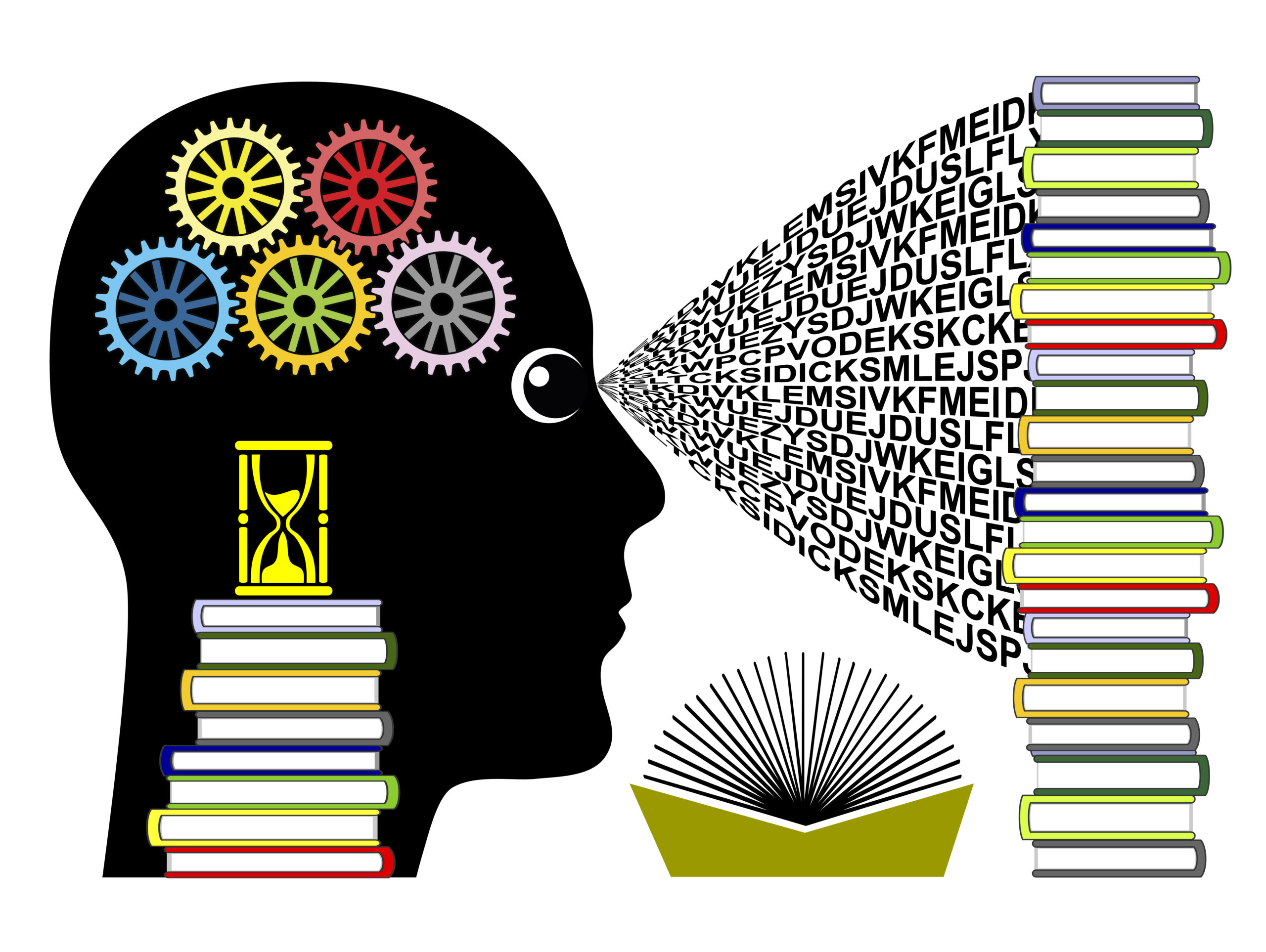TECHNOLOGY OVERVIEW
OptimUM is the first high-performance font produced on scientific foundations. It was developed by researchers affiliated to Université de Montréal for the purpose of increasing reading speed and reducing reading effort in normally developed individuals and those with reading disorders. The font was developed based on scientific knowledge about how the human visual system functions. The shapes of letters are based on attributes to which our visual system is maximally sensitive. Therefore, this font is visually easier to decode than commonly available fonts.
To develop this font, a genetic algorithm was used to optimize the shapes of letters based on a recognized computational model of the human visual cortex. As a result, the font offers the user a substantial advantage in reading speed, with an average gain of 25%, compared to a commonly used font known for its high readability. The font can be adapted to different categories of readers (young, elderly, dyslexic, etc.) and different situations, in any language, as long as it uses the same alphabetic characters as English. Future developments are planned for other languages that include other symbols.
COMPETITIVE ADVANTAGES
- Increases reading speed
- Allows the reader to rapidly read large volumes of text
- Is adapted to the reader in any language using the same letters as the French alphabet
BUSINESS OPPORTUNITY
- Free font available for testing (to try, follow this link).
- Technology available for in-licensing.
MARKET APPLICATIONS
- Demanding users who have to read a large volume of text, whether for work or leisure (university students, legal professions, government, etc.)
- Readers of complex technical texts (aeronautics, etc.)
- Creators of printed or digital content
IP PROTECTION
- Algorithm software
- Copyright


